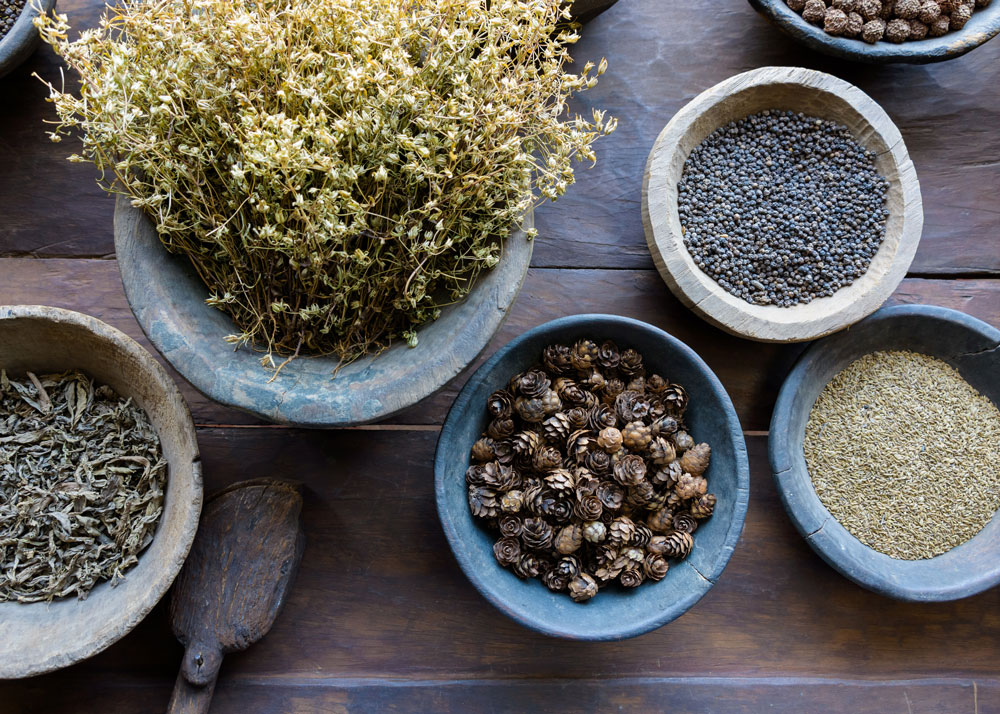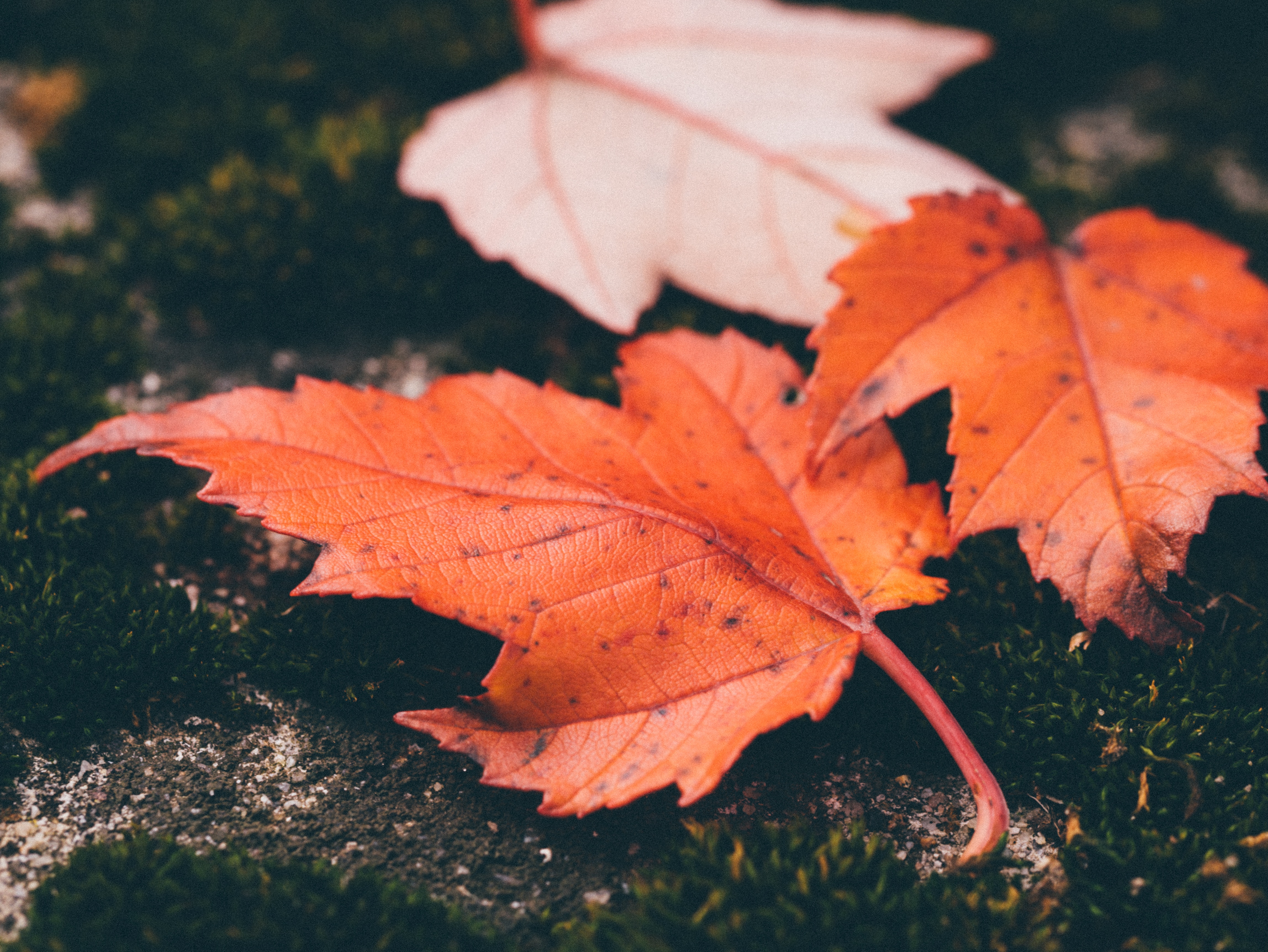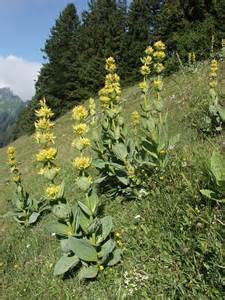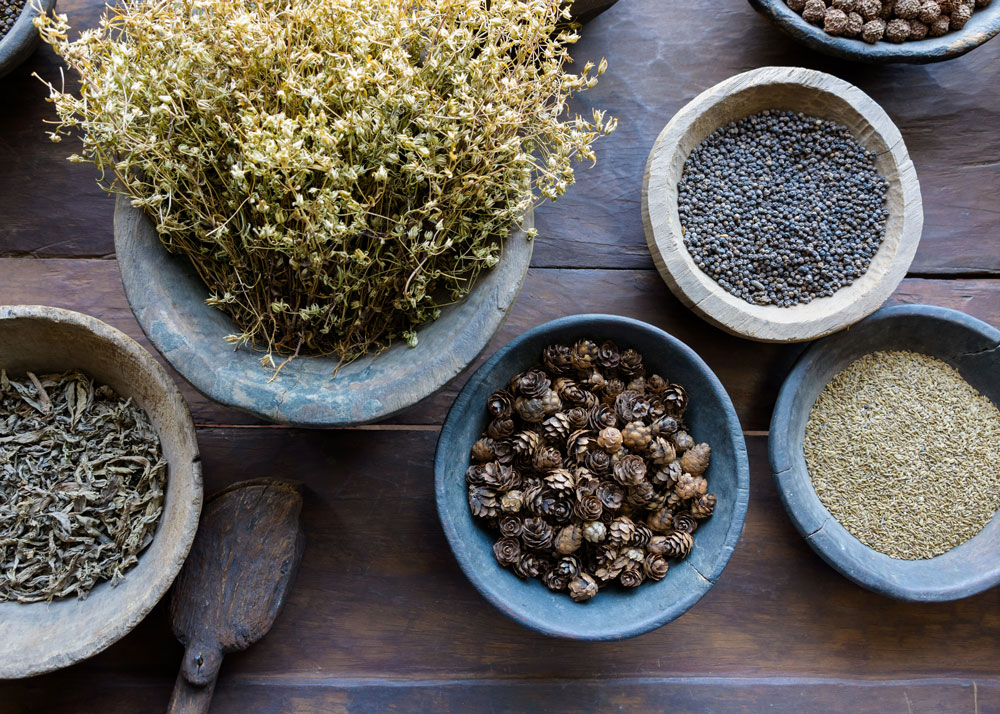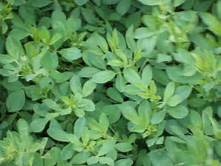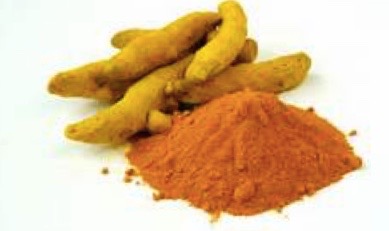
Calm & Cool – Herbally Part II
Wha are your favorite 3 herbs helping to stay calm?
My 3 favorite herbs for hepling to stay calm and relaxed are: stress include: 1. Kava kava root (Piper methysticum) – Kava is one of my all time favorite herbs. In fact, my experience ingesting kava was an important factor in my decision to pursue herbal medicine as a career and invest some serious time and money into my Masters of Science in Herbal Medicine. Kava is one of the best anxiolytic (anxiety reducing) herbs I know of. It has a long history of traditional use, spanning thousands of years in the Pacific, as a water extract imbibed socially, ritually, ceremonially and more. It is particularly useful for enhancing communication and I often Mediherb Kava Forte tablets before meetings, when traveling or anytime I want to relax tension in my mind and muscles. I reach for kava whenever I am going through a difficult, stressful time in my life. It is extremely effective at calming nerves, easing tension and promoting relaxation. I particularly love how kava relaxes without sedating the system, making it a wonderful choice for day-time use.
2. American skullcap
(Scutellaria lateriflora) – this is another one of my favorites, in the nervine (used to calm nerves) category. Skullcap is an excellent choice for both acute and long-term nervous system support, meaning that it has an immediate effect in acute situations and acts as a nervous system tonic in the long term. Like all plants, skullcap contains many constituents, including the flavonoid scutellarin, which act to support overall nervous system health, promote relaxation and melt away tension. I refer to skullcap as the “road rage nervine” meaning that it’s an excellent choice for those who become irritable or angry when overly stressed. I enjoy skullcap as a tea, often flavored with other herbs such as cinnamon, so much that I order it in bulk from Mountain Rose Herbs.
3. Reishi Mushroom (Ganoderma lucidum) Reishi is a classic tonic that was once reserved for royalty to extend life and improve health. It has been, quite literally, a game changer for me personally and for many of my clients with chronic immune challenges, allergies and uncontrolled inflammation.
Studies have found reishi to contain more than 400 (!) active constituents that lend to its antioxidant & anti-inflammatory properties. It has deeply grounding and nourishing qualities and is a superior immune, liver and respiratory system tonic. Reishi is grounding without sedating, so can be enjoyed any time of day.
Reishi has had such a profound impact on my life that, after years of daily consumption, a colleague and I paired up and created Reishi Roast, a robust, balanced blend of antioxidant herbs, medicinal mushrooms, and superfoods formulated to support clear, focused energy and whole-body support. Reishi’s robust flavor pairs wonderfully with chocolate, coffee and cinnamon, so another option is purchasing reishi powder and making your own delicious concoctions at home!


